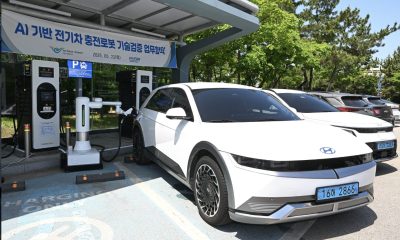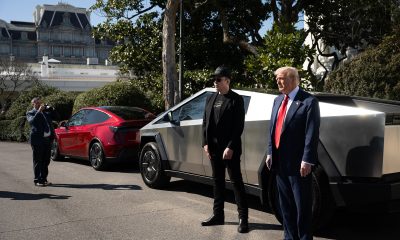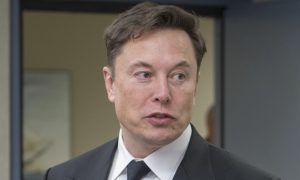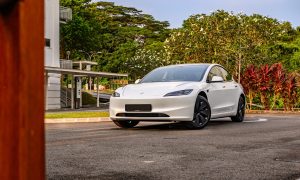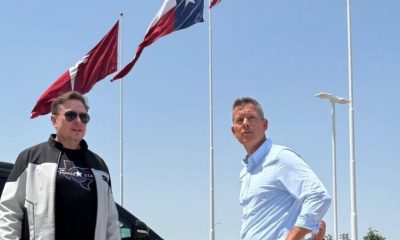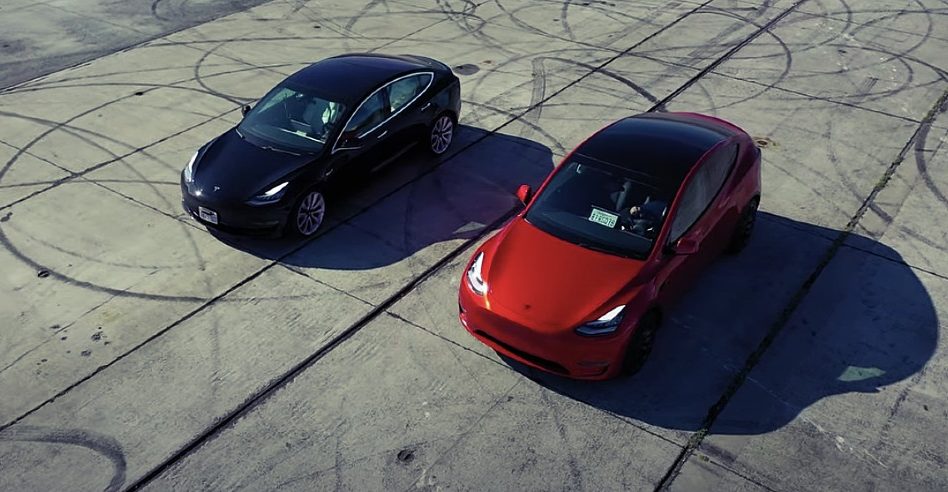

News
Tesla Model 3 dominates global EV sales for June as Model Y joins Top 20
The Tesla Model 3 maintained the top spot on the Global Top 20 Electric Vehicle sales list in June, while the Model Y joined the list for the first time.
The Model 3 has remained the most popular electric vehicle for all of 2020, maintaining more than 15% of the total market share of battery-powered cars sold globally. With 35,854 units sold in June, Tesla’s most affordable vehicle outsold the second-place car, the Renault Zoe, by a considerable margin, selling more than three times the units of the French-based automaker’s most popular EV.
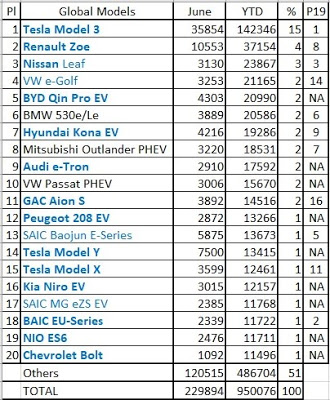
The Model 3 has sold more than 142,300 units so far in 2020. Tesla’s affordable mass-market vehicle has dominated the Top 20 list for some time, and it is not much of a surprise. With the performance specifications of a high-end automobile and the price point of an affordable family sedan, the Model 3 is a perfect fit for any individual or family looking to join the Tesla revolution.
Tesla had several vehicles on the Top 20 list for June. Not only did the Model 3 lead the rankings, but the Model Y, Tesla’s newest car, also entered the list for the first time in the fourteenth spot. Deliveries of the Model Y’s Long Range and Performance variants began in March 2020.
The Model Y sold 7,500 units in June and has sold 12,415 thus far in 2020. Even though the car was released during the COVID-19 pandemic, it has been one of Tesla’s most highly-anticipated vehicles to date because of its spacious interior, impressive performance specifications, and high-demand body style.
The Model Y is expected to be Tesla’s most popular vehicle to date, and the company’s executives have been vocal about the high expectations they hold for the all-electric crossover.
“Given the popularity of the SUV vehicle segment, we are planning for Model Y capacity to be at least equivalent to Model 3 capacity,” Tesla said in the Q4 2019 Earnings Update.
Additionally, the Tesla Model X also cracked the list in fifteenth place. Tesla’s notorious falcon-winged SUV sold 3,599 total units in June. The vehicle has been registered 12,461 times so far this year.
As a whole, the electric vehicle segment experienced a 22% drop in registrations in June. Although this sounds like a significant downfall, June’s 230,000 total unit registrations was the third-best result in the past eighteen months, according to the EV Sales Blog.
The automotive market collectively dropped 18% last month as well. Sales have fallen a total of 28% this year so far because of the COVID-19 pandemic.
Despite the drops in automotive sales, Tesla has still managed to turn a profit in both quarters this year. The electric automaker has also been consistently beating Wall Street estimates in terms of vehicle deliveries.
Elon Musk
SpaceX Starship gets FAA nod for ninth test flight
The FAA has given the green light for Starship’s ninth test flight.
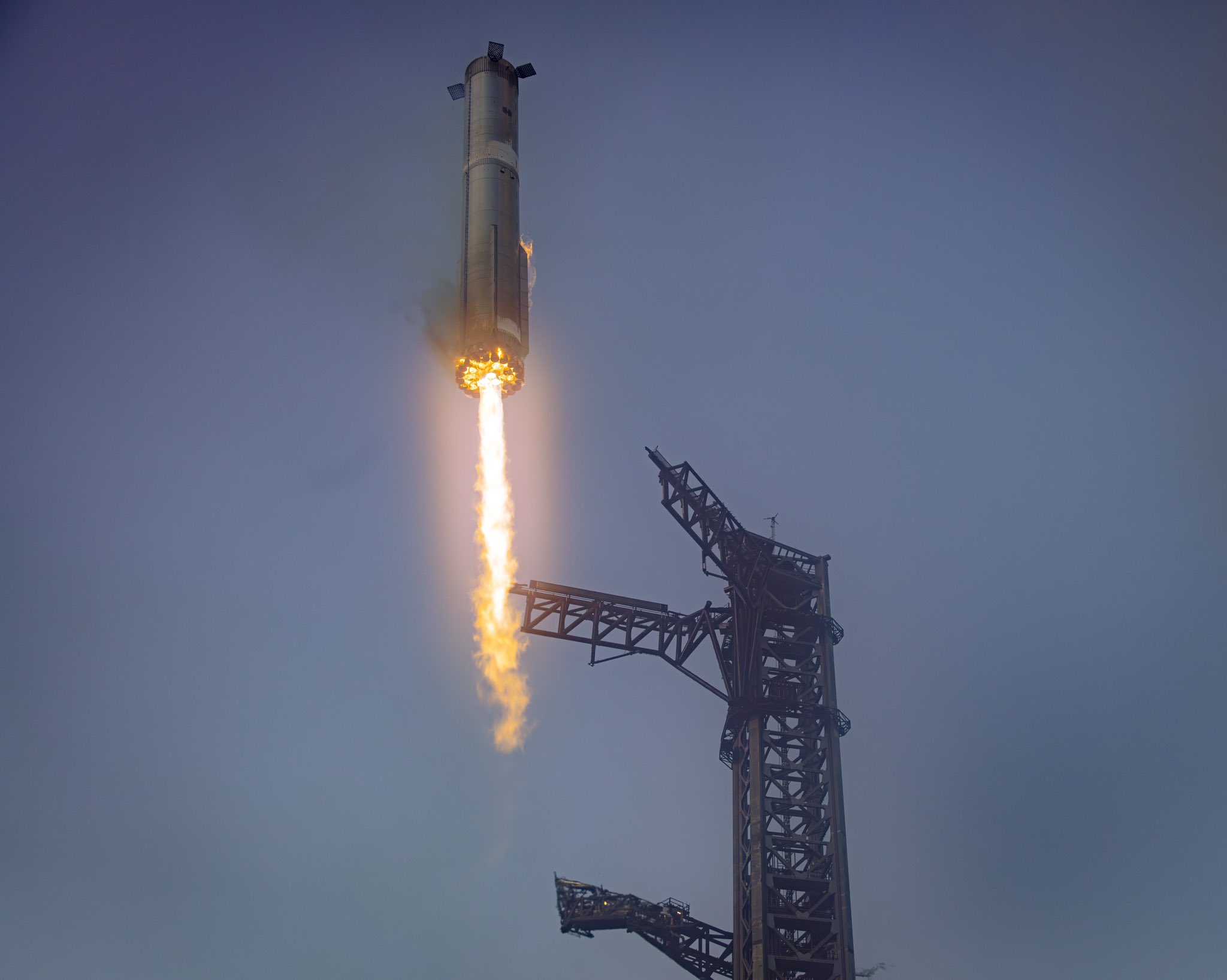
SpaceX has received FAA approval for the ninth test flight of the Starship rocket. The approval was delayed due to the federal agency finishing its comprehensive safety review of the eighth flight earlier this year.
The FAA said in a statement that it has determined that SpaceX has “satisfactorily addressed the causes of the mishap, and therefore, the Starship vehicle can return to flight.”
The eighth test flight occurred back on March 6. SpaceX completed a successful liftoff of Starship and the Super Heavy Booster, before the two entered stage separation a few minutes after launch.
Starship Flight 8: SpaceX nails Super Heavy booster catch but loses upper stage
The booster returned and was caught by the chopsticks on the launch pad, completing the second successful booster catch in the program’s history. However, SpaceX lost contact with Starship in the upper atmosphere.
The ship broke up and reentered the atmosphere over Florida and the Bahamas.
The debris situation caused the FAA to initiate a mishap investigation:
Starship Flight 8’s Ship 34 provided some beautiful fireworks in the sky during its rapid unscheduled disassembly. Beautiful but unfortunate.
Hopefully, Flight 9 would no longer have any RUD incidents. pic.twitter.com/p4qAToDXOM
— TESLARATI (@Teslarati) March 7, 2025
The FAA said it will verify that SpaceX implements all the corrective actions on Flight 9 that it discovered during the mishap investigation.
There is no current confirmed launch window, but the earliest it could take off from Starbase is Tuesday, May 27, at 6:30 p.m. local time.
To prevent any injuries and potentially limit any damage, the FAA has stayed in contact with various countries that could be impacted if another loss of vehicle occurs:
“The FAA is in close contact and collaboration with the United Kingdom, Turks & Caicos Islands, Bahamas, Mexico, and Cuba as the agency continues to monitor SpaceX’s compliance with all public safety and other regulatory requirements.”
The agency has also stated that the Aircraft Hazard Area (AHA) is approximately 1,600 nautical miles and extends eastward from the Starbase, Texas, launch site through the Straits of Florida, including the Bahamas and Turks & Caicos.
For flight 8, the AHA was just 885 nautical miles.
News
Hyundai begins real-world testing of AI-powered EV charging robot
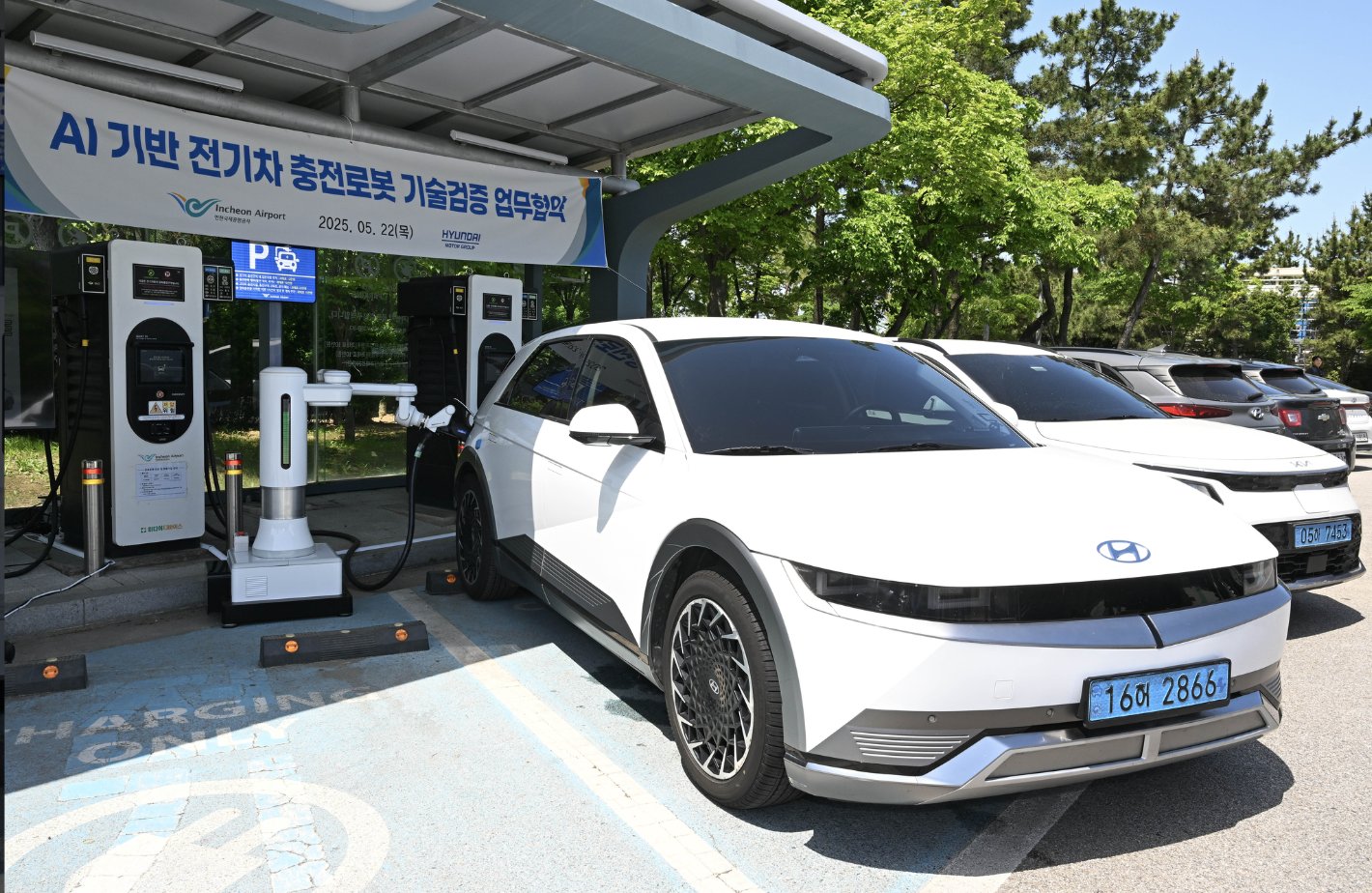
Hyundai announced on Thursday that it has officially launched real-world testing of its AI-powered EV charging robot, which it is referring to as the ACR.
The Korean company is partnering with both Kia and Incheon International Airport for the testing phase, which was launched with a memorandum of understanding (MOU). The pilot program is going to be used to lay the groundwork for future robot use for EV charging.
Incheon already has a reputation that aligns with the pilot program as it has the largest eco-friendly vehicle infrastructure in Korea, according to Korea JoongAng Daily, which first reported the launch of the pilot program.
Hyundai is partnering with Kia’s Robotics Lab to provide hardware and software solutions for this early rollout.
Yan Hee-won, President of Hyundai Motor’s R&D Division, said:
“This marks an important turning point in validating the practical value of future mobility technologies. With customized automatic charging solutions, we aim to deliver a more convenient and enhanced mobility experience for users.”
The testing phase will be limited in the sense that the charging robot will be deployed for a fleet of eco-friendly airport vehicles. Those who park their EVs at the airport will not be able to use it for use while they’re traveling — at least at first.
Eventually, it will become a great way to give vehicles range while the owners are off on trips.
Tesla had a similar idea several years ago, which it shared viral videos of back in 2015.
Tesla “snake charger” wasn’t just a creepy one-off, suggests Elon Musk
Musk said in 2020 that Tesla still had the intention of making it. However, it has shifted to wireless induction charging, which seems to be a better option simply because of fewer moving parts and better compatibility with the upcoming Robotaxi fleet.
Tesla flexes Robotaxi wireless charging — autonomy from top to bottom
Tesla displayed its wireless charging idea at the “We, Robot” event last year:
Robotaxi wireless charging
No hands required pic.twitter.com/XL746DkGhb
— Tesla (@Tesla) October 18, 2024
Elon Musk
How Tesla could benefit from the ‘Big Beautiful Bill’ that axes EV subsidies
Tesla has a few paths to limit damage from the elimination of tax credits.
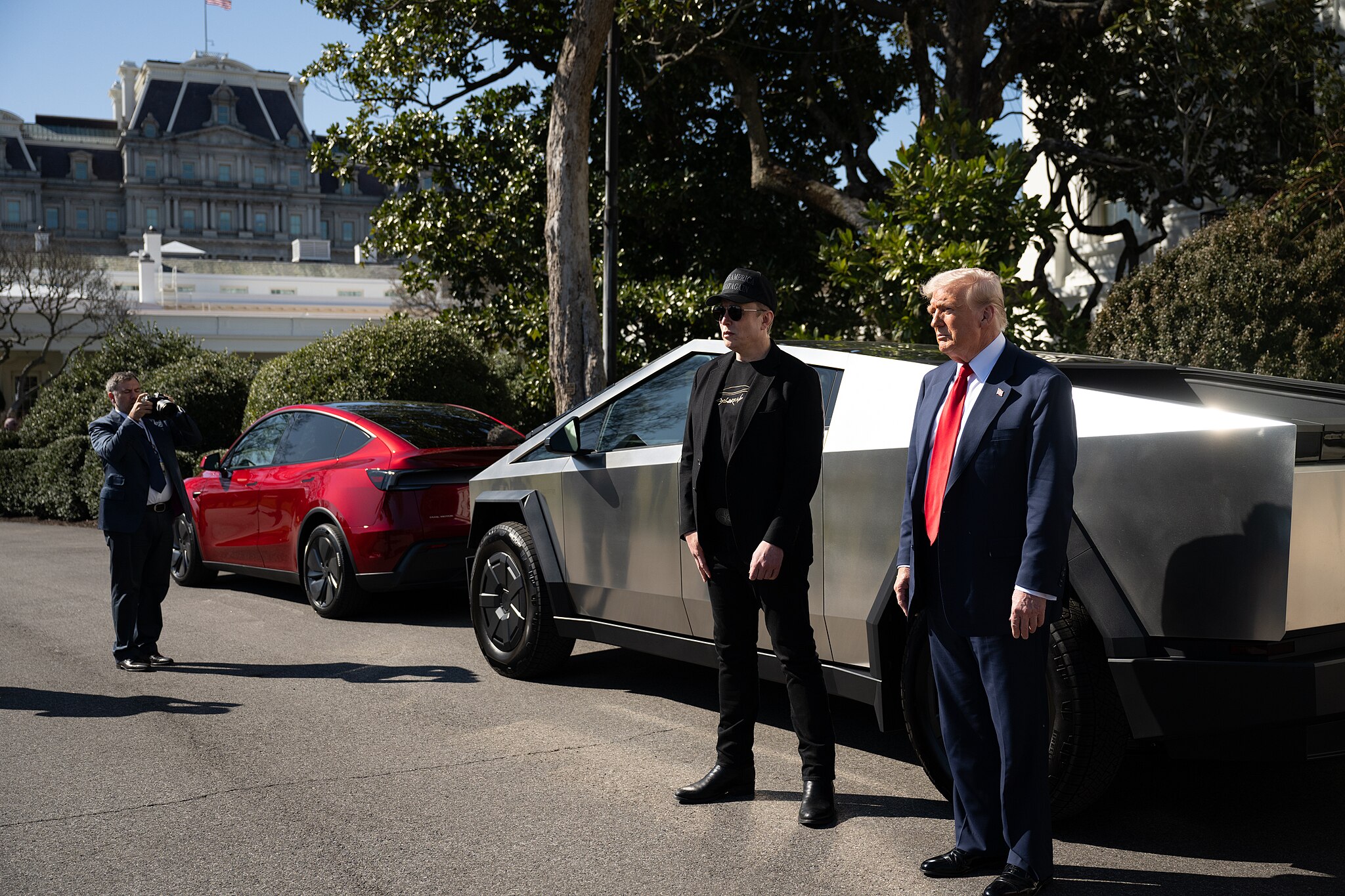
The United States House of Representatives passed President Trump’s “Big Beautiful Bill” by a vote of 215 to 214 on Thursday, effectively bringing an end to many EV subsidy programs, like the $7,500 tax credit, by the end of this year.
The bill will not only eliminate the $7,500 credit on new EV purchases, but also the $4,000 credit given on the purchase of used electric vehicles, and a $1,000 credit on the installation of Level 2 chargers. It will also impact solar subsidies that help generate clean energy in a residential setting.
EVs would also be subject to a $250 road use fee.
🚨 The “Big Beautiful Bill” has been passed in the House, meaning:
1) The EV tax credit is in serious jeopardy. It will likely be eliminated for 2026.
2) EVs will likely have a $250 road use fee
3) $1,000 Level 2 charger credit will also be eliminated pic.twitter.com/Aad41say43— TESLARATI (@Teslarati) May 22, 2025
All of these things sound like negatives — truly because they are. Those who are not in a financial position to buy an EV this year, even with the tax credit, might not be able to afford them in the coming years either, unless manufacturers are able to bring pricing to a level that is more accessible to consumers.
In theory, President Trump’s focus on bringing manufacturing back to America would bring prices down, but it won’t happen overnight. Companies will take many years to completely bring manufacturing and part sourcing to the United States.
However, Tesla could feel some positives from this bill, and it all comes down to timing. Of course, in the long term, it wouldn’t be great for the company, especially if it did not have two things going on right now: a slightly lagging delivery pace and the introduction of affordable models.
Tax Credit Sunsetting Advantage
Sunsetting the $7,500 tax credit means one thing: those who have been in limbo over buying an EV from Tesla are going to have to make a decision on whether they want to buy this year and still have access to the credit, or test their luck and hope for price reductions.
More than likely, those who have been on the fence will be willing to pull the trigger this year, and Tesla will definitely gain some sales from this fact alone. Other automakers will, too.
This could help offset Tesla’s slow start to the year, which has been caused by the changeover of production lines of the Model Y across each of its factories globally.
Affordable Models
Tesla said earlier this year that it will roll out affordable models in the first half of 2025. These cars are expected to be around the $30,000 mark, but the company has not shed any true information on what they will cost.
Potential affordable Tesla “Model 2/Model Q” test car spotted anew in Giga Texas
Ideally, the cars would cost under $30,000 without the EV tax credit, which would be more than accessible for many car buyers in the United States.
The introduction of models that are not in need of a tax credit to be affordable to the masses. This would help offset some of the losses Tesla might feel from cars losing the tax credit.
-
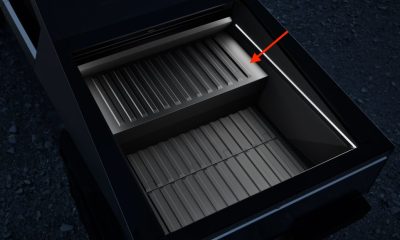
 News2 weeks ago
News2 weeks agoTesla Cybertruck Range Extender gets canceled
-
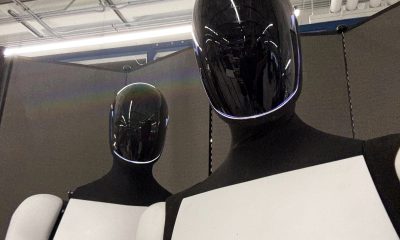
 News2 days ago
News2 days agoTesla posts Optimus’ most impressive video demonstration yet
-
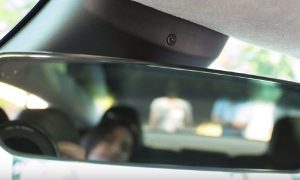
 Elon Musk1 week ago
Elon Musk1 week agoTesla seems to have fixed one of Full Self-Driving’s most annoying features
-

 Lifestyle2 weeks ago
Lifestyle2 weeks agoAnti-Elon Musk group crushes Tesla Model 3 with Sherman tank–with unexpected results
-
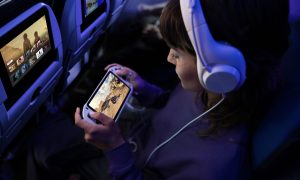
 News2 weeks ago
News2 weeks agoStarlink to launch on United Airlines planes by May 15
-

 News2 weeks ago
News2 weeks agoTesla Semi gets new adoptee in latest sighting
-
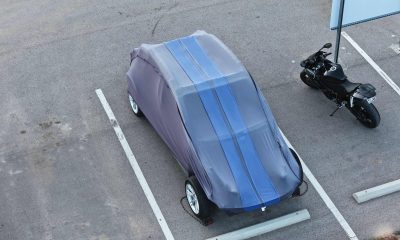
 News2 weeks ago
News2 weeks agoPotential affordable Tesla “Model 2/Model Q” test car spotted anew in Giga Texas
-
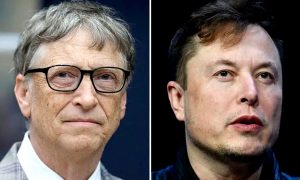
 Elon Musk2 weeks ago
Elon Musk2 weeks agoBill Gates estimates DOGE cuts will cost children’s lives, Elon Musk responds


